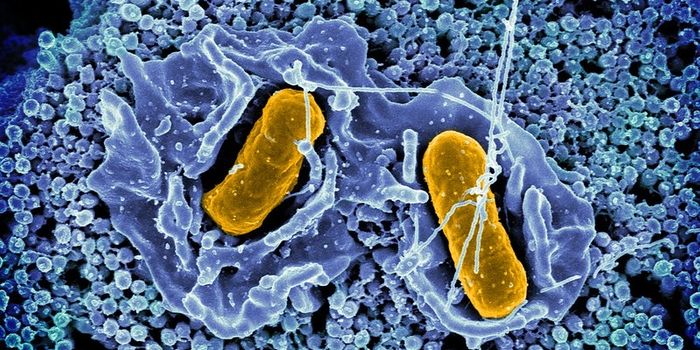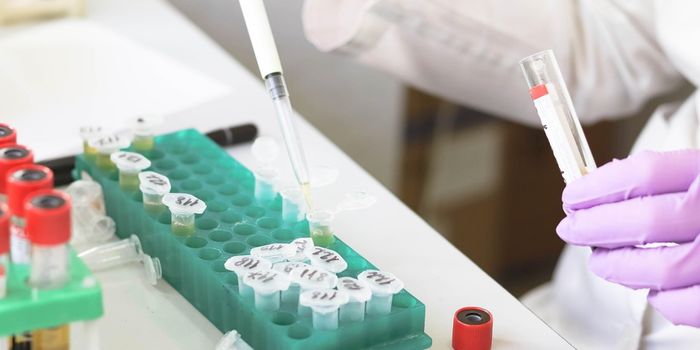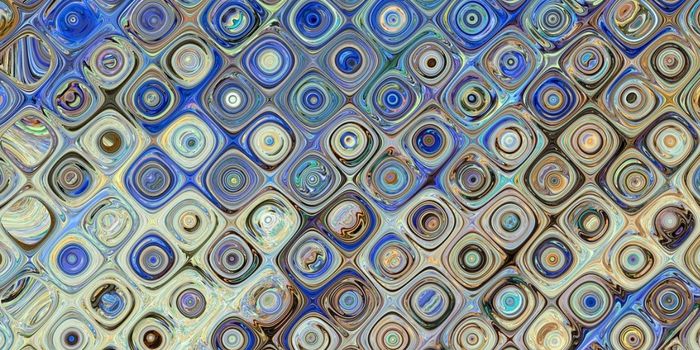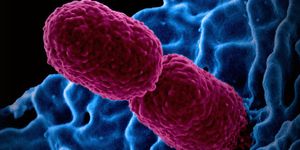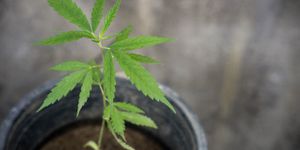Revealing Why Some Organs Age Faster Than Others
There are different theories of aging, and scientists have found various ways to measure biological age. Mutations that happen in DNA as a result of exposure to various environmental factors, such as UV light, cigarette smoke, or pollution, or because of small mistakes in natural processes, can accumulate over time, and lead to aging related diseases, cancer, or aging itself. Epigenetic changes have also been associated with aging.
Scientists have also shown that aging in one person can happen at different rates in various organs. Researchers have now found one reason for that variation in aging among certain organs, like the liver. The work indicated that genetic mutations that arise in DNA that does not code for protein, can build up in tissues like the liver or kidney, which regenerate a bit more slowly than some other organs; these mutations in non-coding DNA can remain undetected, but also disrupt cell division. The findings have been reported in Cell.
Cells that are aged can stop dividing at some point, and enter a state called senescence. This could happen for different reasons, such as telomeres (the caps that protect the ends of chromosomes) that are too short, or mutations that arise in genes that are related to cell division. These senescent cells that can't divide also often lose functionality, and tend to impact the liver or kidneys more than the intestine or skin.
Tissues that are often in contact with the environment also tend to be renewed more often, such as the skin. But liver or kidney cells may only divide a few times per year. When cells divide, the genome must be replicated. Cells have ways of detecting and repairing genetic mutations, but some mutations, like those in non-coding DNA might be missed by the repair process, or the repair mechanism itself may be disrupted in some way.
In this study, the investigators ablated liver cells in a mouse model, so they could assess liver cells or hepatocytes as they proliferated. The researchers mapped the site of the start of DNA replication in hepatocytes, and found that these sites were always in non-coding regions of the genome. Replication was also more efficient in young compared to old mice.
“These non-coding regions are not subject to regular error checking and therefore accumulate damage over time. After removal of the liver in young mice, there is still little damage and DNA replication is possible. On the contrary, when the experiment is carried out in old mice, the excessive number of errors accumulated over time triggers an alarm system that prevents DNA replication,” explained first study author Giacomo Rossetti, research fellow at the University of Geneva (UNIGE).
The halt on DNA replication stops proliferation, and cells become dysfunctional and senescent.
The study may explain why tissues that do not divide and renew as much as other tissues can age faster than tissues that proliferate much faster, such as the intestine or skin. Cells that are long dormant may carry cryptic lesions in the non-coding portions of their genomes, which end up preventing replication. Cells that renew often, however, maintain efficiency.
“Our model suggests that by repairing cryptic DNA damage before replication is triggered, certain aspects of ageing could perhaps be avoided. It is on this new working hypothesis that our efforts will focus," noted co-corresponding study author Thanos Halazonetis, a professor at the UNIGE Faculty of Science.
Sources: University of Geneva, Cell


